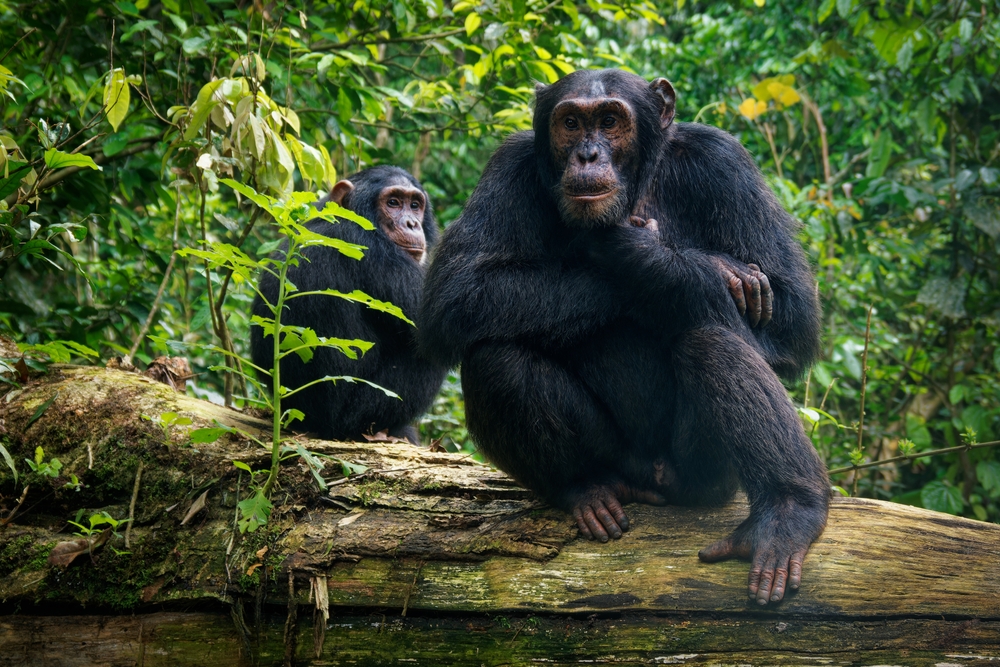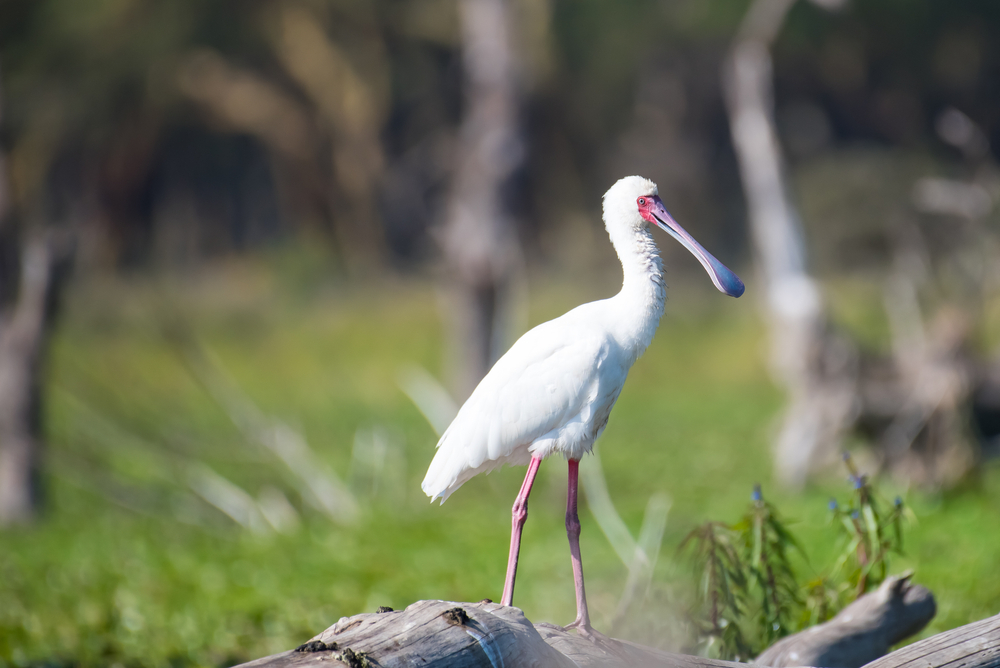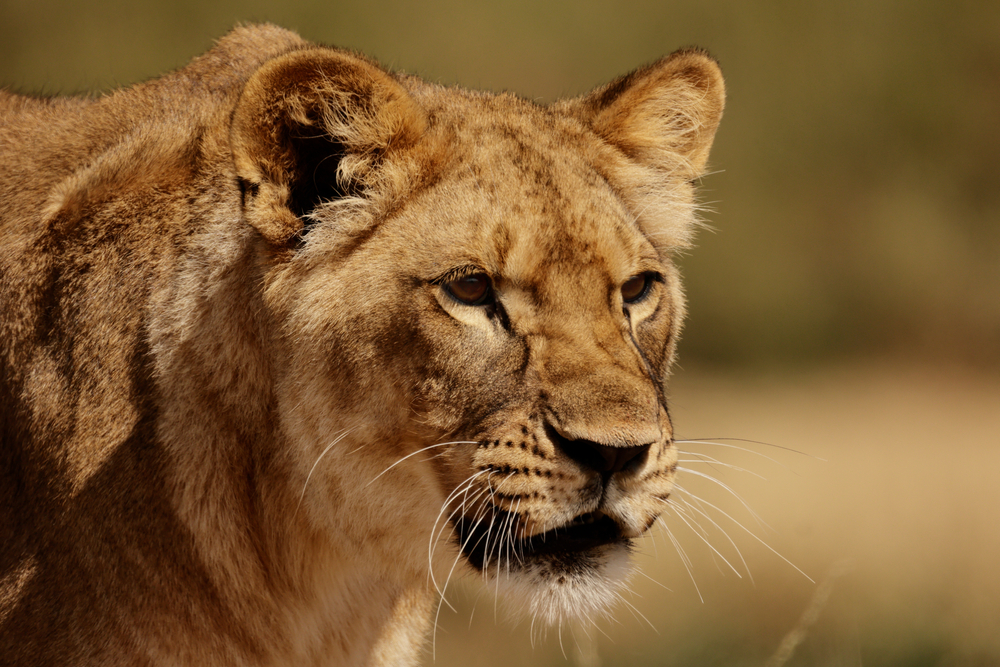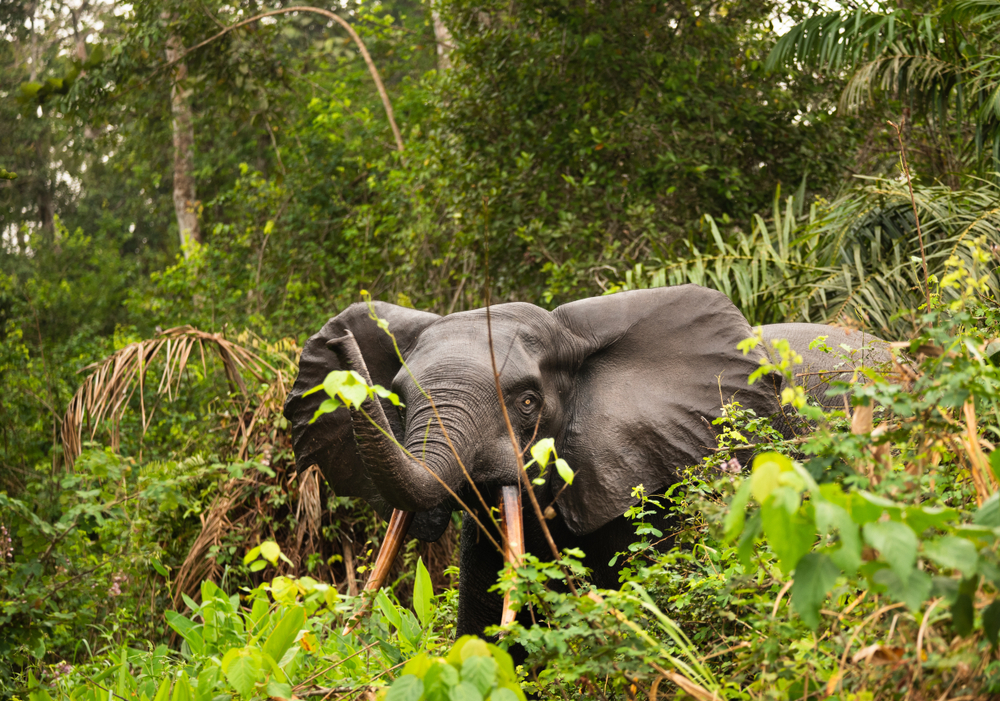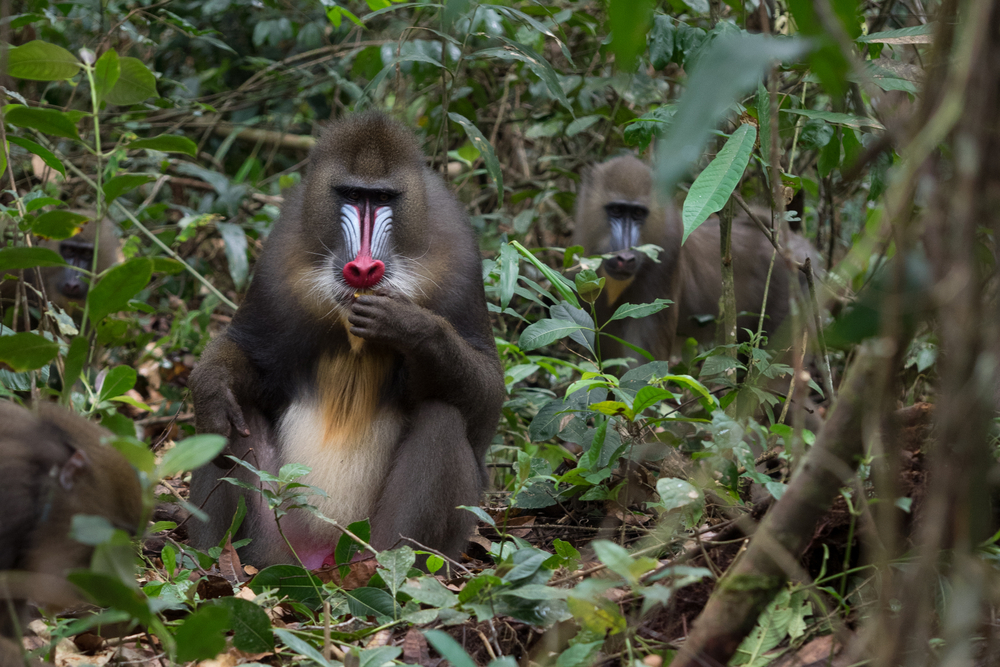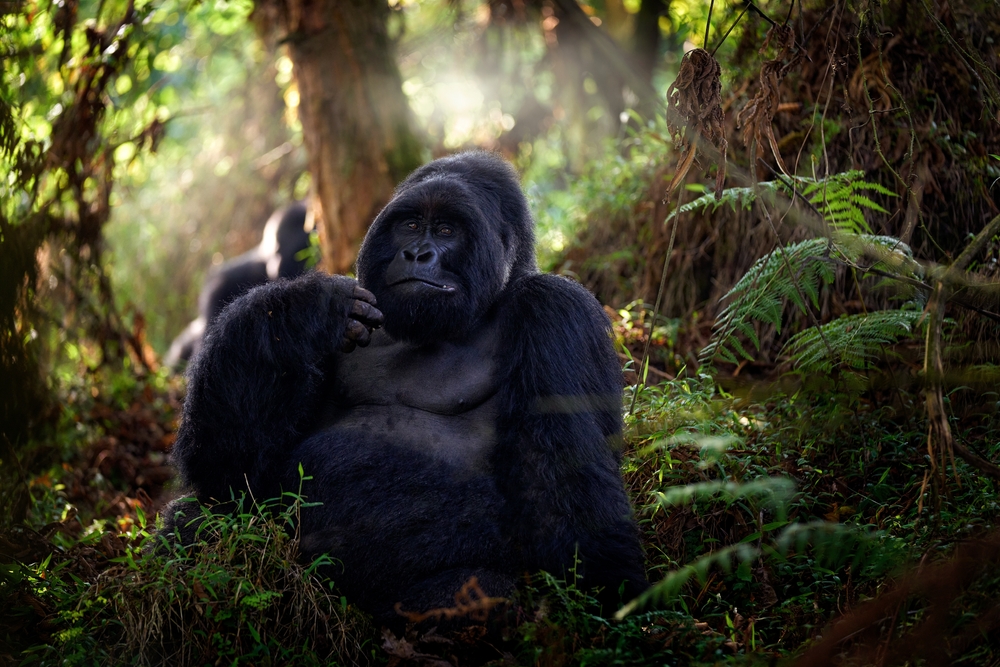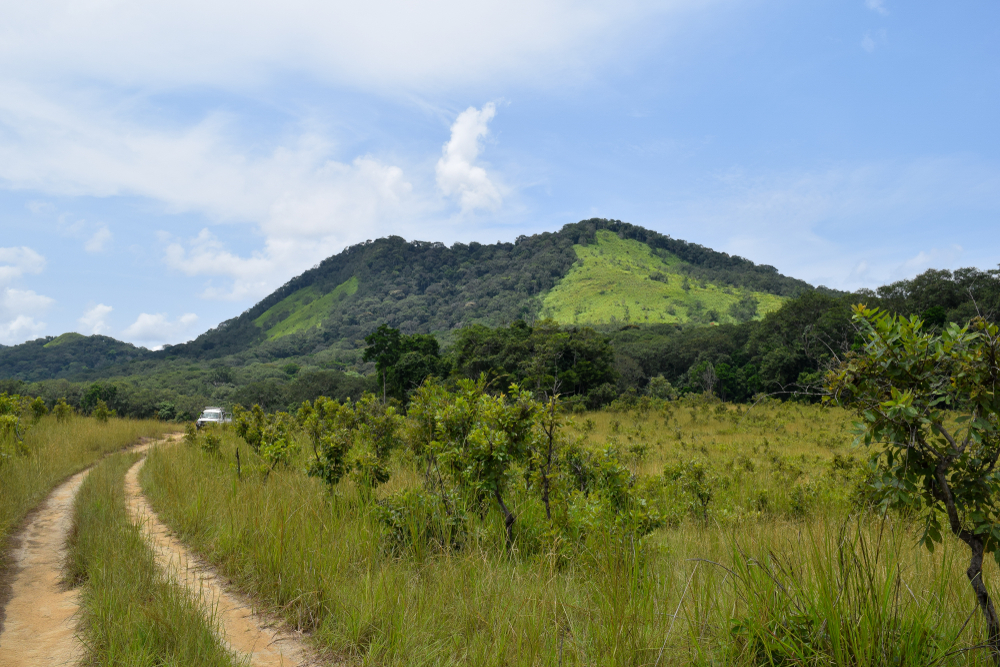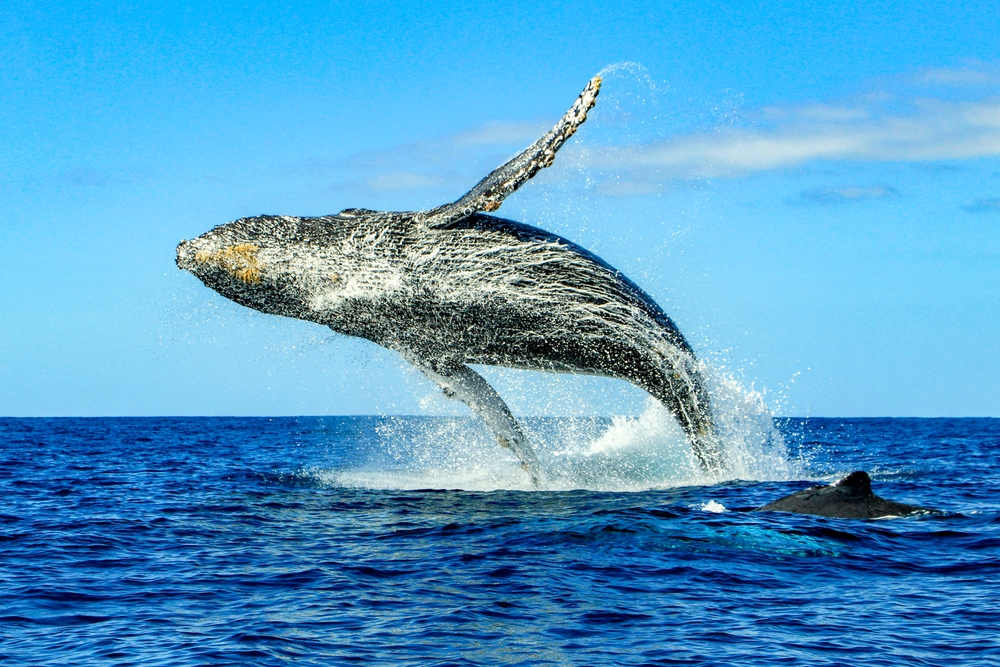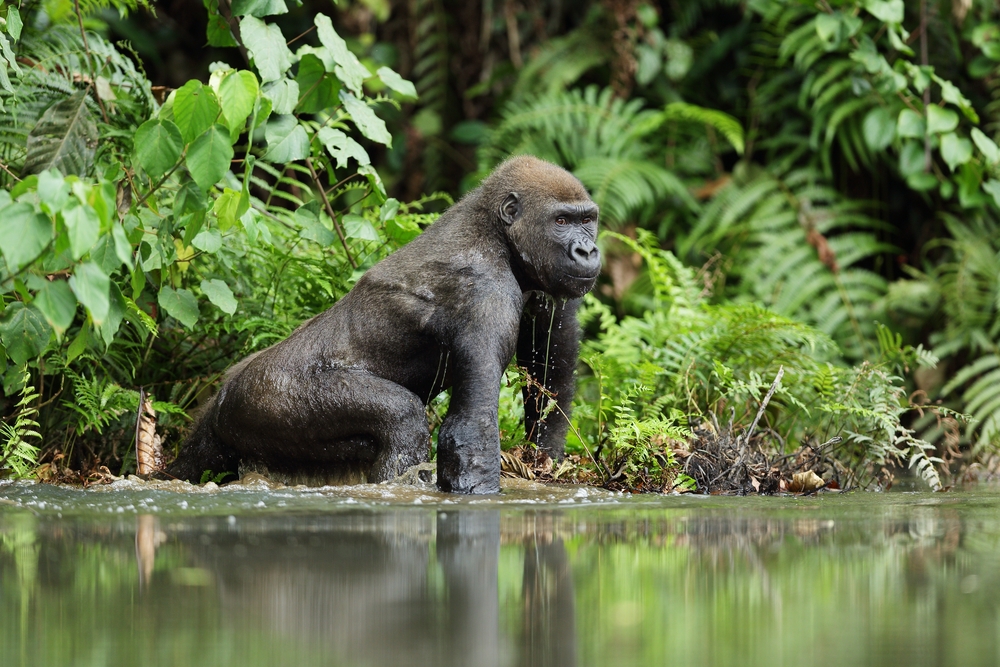Minkebe Overview
Minkebe National Park, locally known as “Parc National de Minkébé”, is one of the largest and most remote protected areas in Gabon. Covering approximately 7,570 square kilometers (2,923 square miles), it lies in the northern region of the country and is part of the Congo Basin, one of the world’s most important and biodiverse rainforest ecosystems. Known for its pristine wilderness and ecological importance, Minkebe serves as a crucial sanctuary for Gabon’s wildlife and a key area for global biodiversity conservation.
The park’s terrain is dominated by dense tropical rainforests, swamps, and a network of rivers that create a lush and varied landscape. Its remote location and challenging topography have helped preserve its untouched nature, making it a haven for countless species. The vegetation is characterized by towering trees, thick undergrowth, and diverse plant life that support the complex web of life within the park.
Minkebe is home to an impressive array of wildlife, including some of the world’s most iconic and endangered species. Forest elephants are among the park’s key inhabitants, though their numbers have faced significant declines due to poaching. Other notable species include western lowland gorillas, chimpanzees, leopards, and a variety of antelope species. The park is also a hotspot for birdlife, with species such as African grey parrots and hornbills commonly sighted. Minkebe’s rivers and wetlands provide habitats for aquatic species, including crocodiles and various fish.
Visitors to Minkebe National Park can experience its unique wilderness through guided eco-tours and wildlife observation. While the park is relatively underdeveloped for tourism, its remote and untouched nature offers adventurous travelers an unparalleled opportunity to explore one of Africa’s last great rainforests. Trekking, birdwatching, and cultural exchanges with nearby communities provide ways to engage with the park while supporting sustainable development.
However, Minkebe National Park faces significant conservation challenges. Poaching, particularly for ivory, has had a devastating impact on the park’s elephant population, making anti-poaching efforts a top priority. Illegal logging and mining activities also threaten its ecosystems, exacerbating habitat loss and degradation. The park’s vast and inaccessible terrain makes monitoring and enforcement difficult, requiring substantial resources and collaboration to address these threats effectively.
Gabon’s government, in partnership with international organizations, has intensified conservation efforts in Minkebe. Anti-poaching patrols, ranger training, and community outreach programs are critical components of these initiatives. Collaborative research and monitoring projects are helping to track wildlife populations and assess the health of the park’s ecosystems. Efforts to promote eco-tourism as a sustainable alternative to harmful activities have also shown promise.
Minkebe National Park is a vital part of Gabon’s commitment to preserving its natural heritage and contributing to global conservation. Its unspoiled rainforests and incredible biodiversity make it a treasure for scientists, conservationists, and nature lovers. With continued efforts to address conservation challenges, Minkebe can remain a sanctuary for Gabon’s wildlife and a symbol of the country’s dedication to protecting its environment.








































































